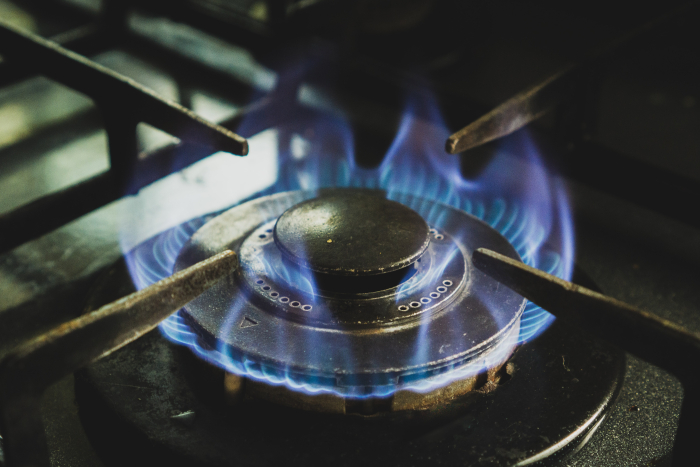Using Gas Detectors to work safely in hazardous environments.
In the last part of this three-part series, Tristan Pulford discusses when gas detectors should be used and how to use and maintain them. If you missed parts one and two click here.
When should a gas detector be used?
It could be inferred that a gas detector should be used whenever one of the risks mentioned earlier is foreseen, which for the most part is correct, however many processes exist which can cause asphyxiation and gas detectors are not used.
Part of the reason for this is design of a process; if a process is designed such that it is not possible for incomplete combustion to occur for example, then it may not require any gas detection. In my experience, however, gas detectors should be used whenever there is the possibility for one of the risks to materialise, even if this requires failure of safety control.
One of the most common areas where gas detection is frequently required is confined spaces, which typically require some type of atmosphere monitoring before and during the work, as well as a ”top-man” available if rescue is required. Gas detection should also be used in areas where combustion is occurring, where the decay of organic materials may be occurring (such as waste sites or slurry silos for example), where chemical reactions are occurring that could lead to one of the risks, or even for excavations in certain areas.
As towns and cities are expanding, and houses are being built in industrial areas there is the increased possibility of excavations in areas where there have previously been landfills or waste stored on land. This leads to the risk that when excavating, methane or other potentially hazardous substances are released. It is important that before work begins a survey is done to determine whether there is the potential for this hazard to occur, specifically in deeper excavations which can also count as confined spaces.
How to use/maintain gas detectors
Gas detectors have improved drastically in the past few decades and have gone from the reliance on a canary down a mine, to self-calibrating multi-functional gas detectors. It is important however that all detectors are maintained appropriately. This varies from manufacturer to manufacturer so it is important that you look at the manual, however, all detectors will require calibration on a specific basis which can range from annual to five-yearly calibration. It goes without saying that a gas detector that is out of calibration should never be used and quarantined for recalibration.
When portable detectors are turned on, however, they carry out a self-check and calibration so one of the most important aspects is that you power any detector on in a clean atmosphere with normal oxygen levels. If this is not done, it can lead to false positives and false readings. Gas detectors should also be kept clean, and any openings in the detector be kept clear (this is specifically so for fixed detectors). Any contamination may affect the performance of a detector.
Some gas detectors require a ‘bump test’ involving exposure to a controlled gas mixture to test the sensors for functionality.
Depending on the type of gas detector some of the meters can be sensitive to mechanical impact, so if the item is dropped ensure that the manufacturer’s instructions are checked as it may require recalibration after a sudden impact.
During normal operation gas detectors will ”sniff” for gas, with portable monitors producing an audible beep every so often, to demonstrate that it is running. Portable gas detectors will have an audible battery low warning, which is frequently two beeps in a row. For both systems typically a detection of gas above a specific concentration (well below dangerous levels) will lead to an alarm sounding. So, detectors have two stages of alarm, both of which would be below dangerous levels.
If an alarm sounds it is important that you leave the area and find your way calmly to a safe area. This is typically outdoors, but in certain situations such as for toxic gases (such as Ammonia) this will be in a safe room, or other location. It is important the site instructions are clear on the procedure in the case of an alarm sounding.
In some circumstances, normally for gas tests prior to entry into a confined space, it may be safer to use a gas detector that has an internal pump which allows connection of a sample tube allowing remote testing from outside of the confined space.
Conclusion
The correct selection and positioning of any gas detector can be critical to safe working within any area. This should be led and defined by a risk assessment, which can determine whether a portable or fixed detector is required (or both).
It is also important to identify which gases the detector should monitor. For example, in the steel industry on a direct-fired furnace, whilst the main gas risk may be carbon monoxide leakage, it may be prudent to use a multi-gas detector to monitor Hydrogen, Nitrogen and Oxygen levels as well.
By having the right equipment in the right location, anyone working in the areas will be alerted to the hazard and have sufficient time to escape to a safe area, allowing them and you to breathe easy.
If you have any questions about what you have read please contact [email protected].
To subscribe to the Finch Consulting newsletter for updates please click here.






